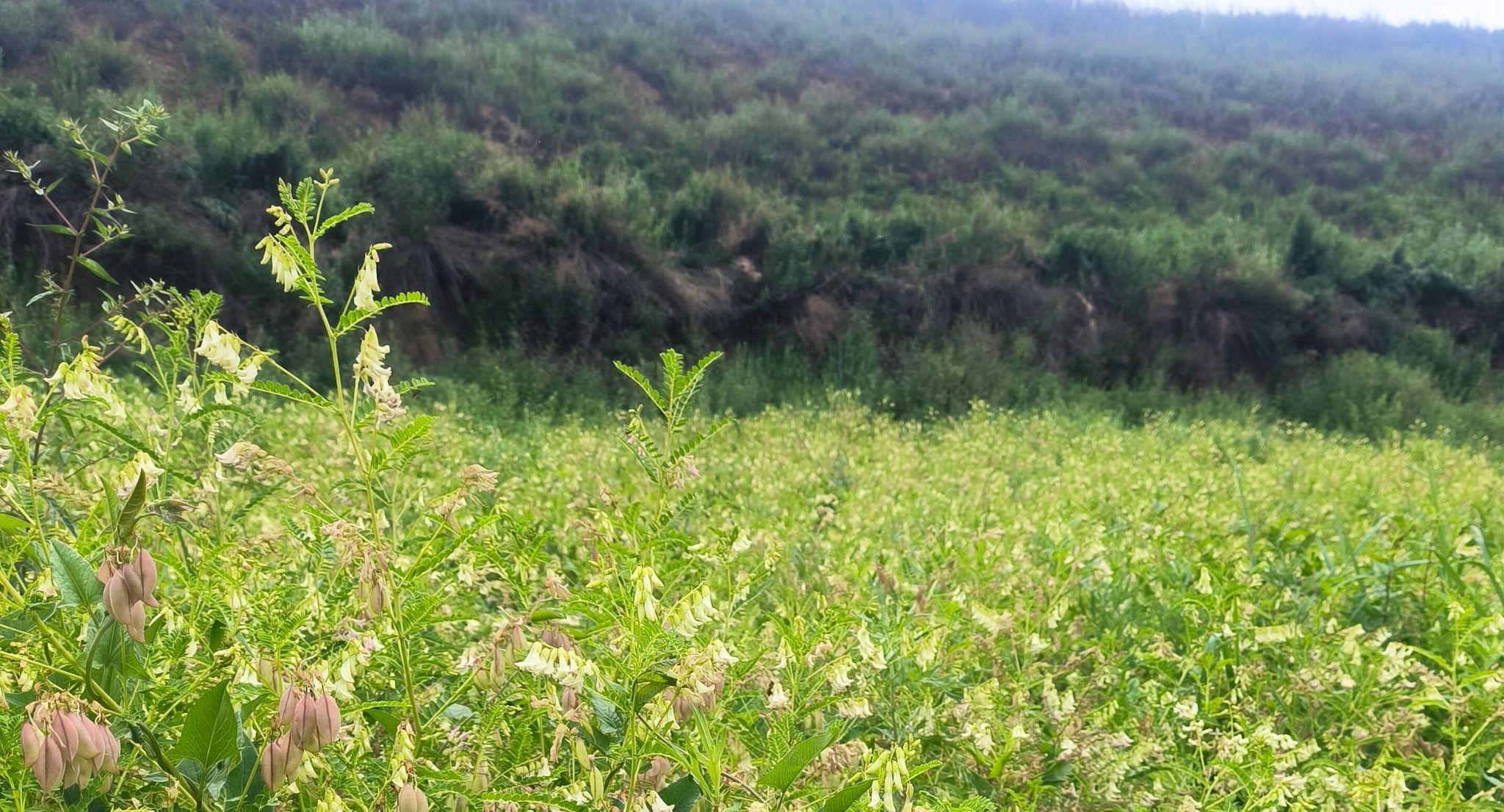What is Schisandra Berry?
Have you heard of schisandra berry? If you live in North America, odds are you haven’t. However, schisandra is growing in popularity because of it’s amazing health benefits.
The recorded use of the fruit goes far back into human history, starting in Asia over 1,000 years ago. While primarily used in China, there are records of its use in Russian herbal medicine.
An Ancient Super-Fruit
In traditional Chinese Herbalism, there are five flavor categories: Sweet, Bitter, Salty, Sour, & Pungent. Each flavor is connected to specific organs in the body. Schisandra is known as the “five flavor berry” because it packs in each of these flavors.
In China, herbs that are considered medicinal are often included with everyday foods and are not exclusively for therapeutic treatment. So, you might find schisandra berries in soups and stews, in addition to drinks.
Learn about Bravo’s Organic herb farm here
Valuable in Traditional Chinese Medicine
Schisandra is considered invigorating to Qi (pronounced like chee). Qi is the energy force in the body, and each body system has it’s own type of Qi.
Also known as wu-zei-wi, schisandra has many beneficial qualities within the system of Traditional Chinese Medicine. It’s thought to affect the Lung Qi with an “astringent” action.
Herbs that stabilize and bind energies like Yin and Essence are considered astringent in TCM (Traditional Chinese Medicine). Astringent herbs are thought to prevent loss of these energies, keep vital fluid flowing in the body, and prevent the collapse of Qi.
Some applications of the fruit in TCM (Traditional Chinese Medicine) include treatments for fatigue, cough, breathing trouble, and even impotence issues in men. TCM herbal treatments always combine herbs to create a specific affect, and so in these cases, schisandra is not used on its own.
Schisandra is considered a “cold” herb, with a calming quality, and is said to tonifiy the heart. In TCM, tonifying agents are certain herbs and therapies thought to replenish energies in the body and nourish the blood. These therapies are important for those suffering from weakness and deficiencies in areas of the body.
Schisandra’s Chemical Compounds
The unique flavor of the fruit may be attributed to its interesting mix of nutritional compounds. Its complex chemical compounds are only now being studied by modern science.
The berry contains unique plant lignans- chemical compounds in the polyphenol category. Polyphenols are found in plant food and are associated with health supporting functions in the human body.
Astragalus is another important herb in TCM. Learn about it here.
What are Polyphenols?
Polyphenols can act as antioxidants and are also thought to reduce inflammation. One type of polyphenol you may have heard of is curcumin, a compound found in turmeric.
Lignans are a type of polyphenol that can be found in flax seeds, sesame seeds, and even whole grains.
The lignans found in schisandra are known as “schisandra lignans” and are an anomaly in nature. Because this category of lignans have never been found in other plant materials, they are of great interest to scientists.
Deoxyschisandrin
Gomisin A
Schisandrin
Schisandrin B
Schisandrin C
γ-Schisandrin
Schisandra fruit also contains “polysaccarides and monosaccharides (glucose, fructose, arabinose and galactose), vitamins (C and E), phytosterols (stigmasterol, β-sitosterol), organic acids (citric, malic, fumaric and tartaric acids) and bioelements (Ca, Mg, Fe, Mn, B, Zn, Cr, Ni, Cu, Co).” Hancke et al. 1999; Szopa and Ekiert 2014; Tong et al. 2012.
Traditional Health Uses
We are still learning more about how schisandra works to support health. By looking at its traditional use in everyday foods and folk medicine, it’s easy to see all the health benefits people have used it for over the centuries.
TCM Meets Modern Science
Interestingly, modern scientists have looked into why the ancient Chinese thought that the fruit could stimulate Qi. One study in particular looked at how schisandra effected mitochondrion.
The scientists observed that the rich nutrients of the fruit were able to “fortify” the antioxidant status in the mitochondrion, protecting them from chemical damage. The mitochondrion were better protected and were consequently able to better generate cellular energy.
In fact, there have been hundreds of studies focused on how science can harness the power of the many biologically active components that are unique to the schisandra berry.
Common uses for Schisandra
Schisandra is a true super-fruit that’s used as a remedy to support everyday health. The rich chemical compounds found in the plant classify it as an adaptogen.
Adaptogens are very popular in the natural health world these days, because they offer beneficial support to the entire body.
They’re meant to help the body deal with stress of many varieties and are thought to help keep the body balanced. They can be used to help low energy, sleep issues, stress, and even stress on a chemical level- with their supreme antioxidant properties.
So, not surprisingly, schisandra is used to support healthy energy levels in the body. Due to its detoxifying properties and rich antioxidants, it’s been used to support the liver and kidneys.
More Research Needed
We are just starting to understand the full potential of schisandra berry’s health benefits. One thing we know for certain is that this super-fruit is rich with healthy nutrition and can be safely enjoyed by most people in their everyday foods and beverages. We are excited to learn more about schisandra as new studies come out each year.







